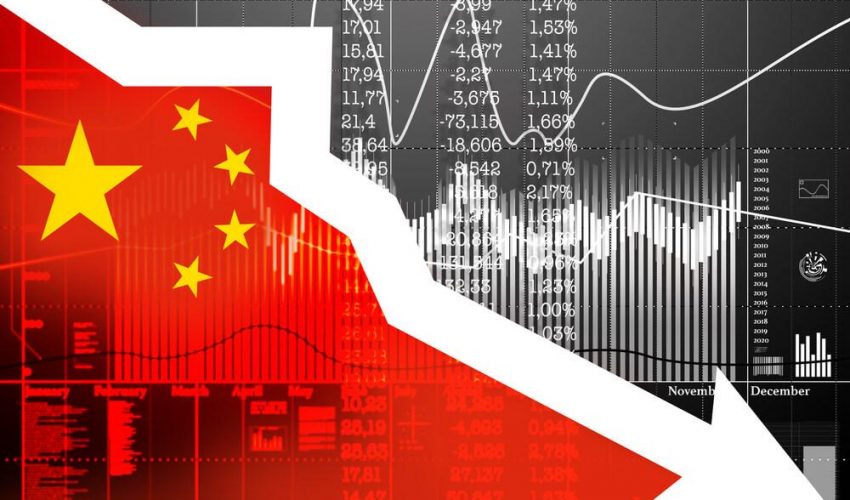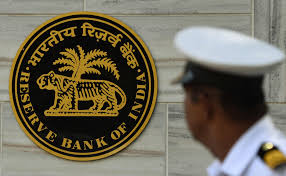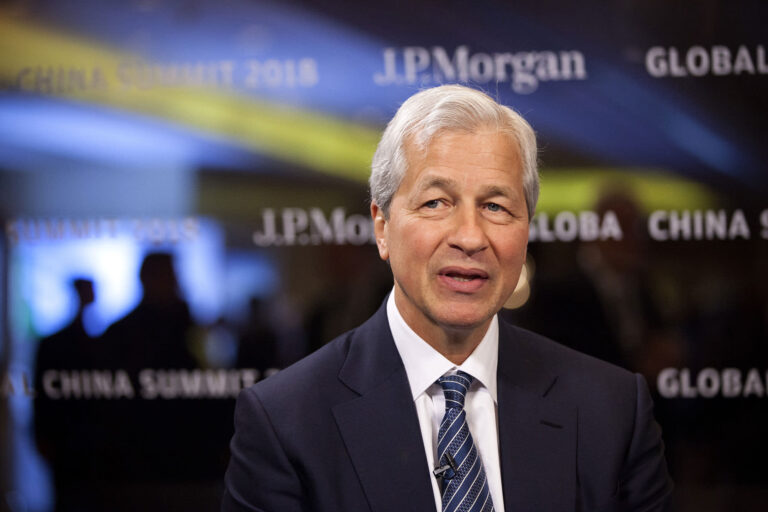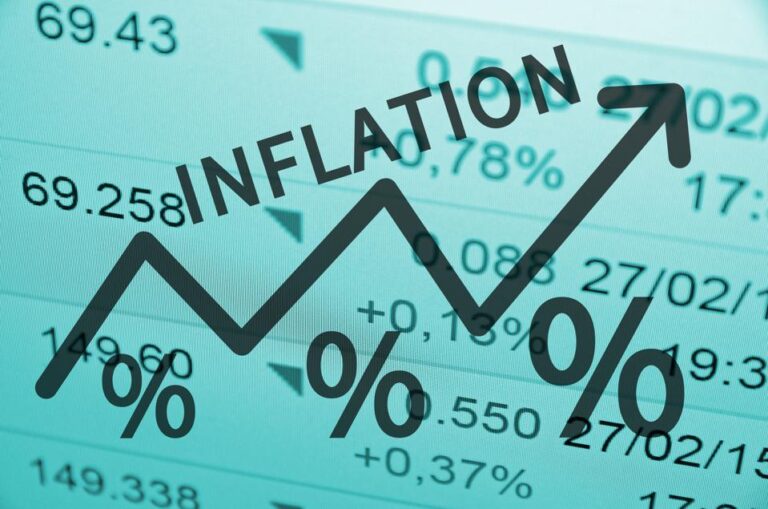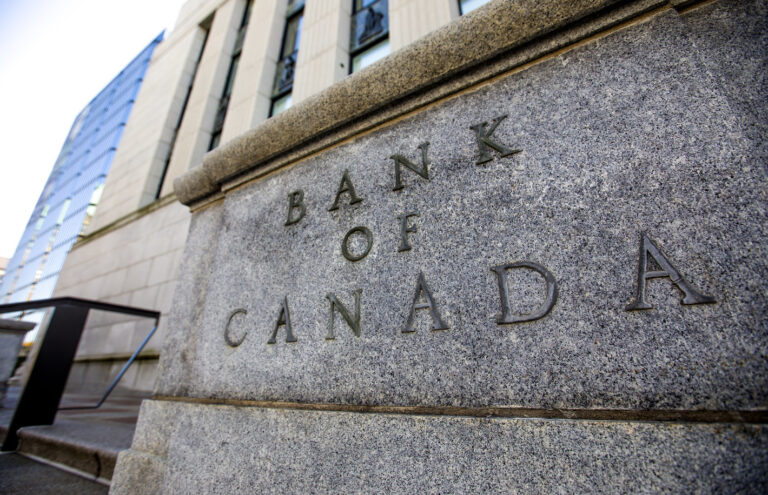China’s Sharp Economic Slump Sparks Fears of a Global Recession
While countries worldwide have been struggling in the face of pandemic headwinds, China has stood out, appearing resilient to financial pressures that undermined growth. But today, burdened by its dedication to containing the spread of Covid-19 with massive lockdowns and mass quarantines, China has seen one of its worst quarterly performances in years, endangering a global economy that is primarily dependent on Chinese manufacturing and consumers.
Data from China’s National Bureau of Statistics show that the country’s gross domestic product (GDP) increased by a pitiful 0.4 percent compared to the previous year’s period. This is a considerable decline from the first quarter’s growth rate of 4.8%.
That was the worst performance since the first quarter of 2020 when the pandemic first appeared, and the economy dropped by 6.9 percent after Wuhan became the first city in the world to declare a state of emergency to stop the spread of Covid-19.
The magnitude of the slowdown reveals the harm done by the strict lockdowns that kept millions of Shanghai residents inside their homes for two months forcing many businesses to close while authorities battled a coronavirus outbreak in China’s most prosperous city.
It also raises questions about whether Beijing will continue to provide the same economic support that has been crucial in sustaining growth during the pandemic.
The Major Regions in China That Saw a Decline in Growth
Four regions impacted by city-level mobility restrictions recorded outright declines from the prior year.
- Shanghai was the most brutal hit, with a 13.7 percent quarter-on-quarter decline in its GDP.
- Jilin followed with a 4.5 percent contraction, while Inner Mongolia and Liaoning saw their economies contract by 0.96 percent and 0.36 percent, respectively.
- Beijing saw a contract of 2.9%, and Jiangsu, a prosperous industrial province close to Shanghai that depends heavily on the metropolis for logistics and finance, saw declines in economic activity year-over-year.
China’s CSI 300 Index and the Shanghai Stock Exchange Composite Index decreased in value during the afternoon trade due to the disappointing economic report.
Although many of those restrictions have now been removed and June’s data showed signs of improvement, analysts do not anticipate a quick revival of the economy. China is maintaining its strict zero-COVID policy despite recent flare-ups, the nation’s property market is in a severe depression, and the global outlook is more gloomy.
Chinese President Xi Jinping has pledged to uphold the nation’s zero-tolerance policy despite the growing economic and social costs, highlighting the need to “put people and lives at the forefront.”
The Significant Slowdown in China’s Economy Fuels Concerns About a Global Recession.
The unexpected drop in growth has called into question China’s ability to lead the world out of the pandemic-induced recession. It also raises the specter of a prolonged global trade and investment slump and further job losses worldwide.
Rising inflation and Russia’s invasion of Ukraine have both increased the possibility of a recession in the United States and disrupted supply lines throughout Europe. China has historically helped to ease financial strains by providing access to affordable manufacturing and a sizable untapped market of willing consumers.
But now, with its economy faltering, it is unclear whether Beijing will have the resources or the inclination to continue propping up the rest of the world.
Real estate is in a downturn, unemployment is stubbornly high, and exports are set to suffer as Western economies slow down. Data from export giants like Taiwan and South Korea indicate that the foreign manufactured goods market is beginning to decline.
A measure of manufacturers’ export orders in China persisted in June at a level that indicates contracting order books.
According to figures released on Friday, urban China’s unemployment decreased from 5.9 percent to 5.5 percent in June. With nearly one in five workers between the ages of 16 and 24 out of work, youth unemployment reached a new high in June. Youth unemployment worries economists and decision-makers because it may have long-term repercussions on employees’ skills and productivity, limiting an economy’s capacity for growth.
The high percentage of youth unemployment implies that businesses are reluctant to hire new employees and engage in training because of the uncertainty brought on by the government’s zero-Covid policy.
A weak year for China would deprive the world economy of a dependable growth engine when increasing interest rates and growing inflation restrain the U.S. and Europe’s economies.
Jonathan Ashworth, a senior China economist at Fathom Consulting in London, explains, “If other significant regions of the global economy remain weak or enter recession, it’s doubtful that China will become a locomotive for global growth, as was the case after the global financial crisis.”
The slowdown in China’s economy is a worrying sign for the global economy.
The pandemic and the Russia-Ukraine war have already caused a sharp decline in global trade and investment, and a prolonged slump in China’s economy could worsen things.
If China doesn’t provide the same level of economic support that it has in the past, the world economy could be in for a long period of stagnation.
Will China Achieve The Full Year Target?
China has been stepping up policy support for the economy. Still, economists claim it will be challenging to meet the official growth target of about 5.5 percent this year without abandoning its rigorous zero-COVID approach.
“The government has set a very ambitious target for the year, and it is going to be difficult to achieve without compromising on its public health goals,” said Iris Pang, Greater China Economist at ING in Hong Kong.
Pang added that Beijing would likely need to increase fiscal spending and infrastructure investment to meet the target.
“The government is in a bind,” Pang said. “It has to choose between public health and the economy.”
The appearance of the highly contagious BA.5 sub-variant in multiple cities has raised the prospect of fresh lockdowns since President Xi Jinping is still committed to his Covid Zero strategy of eradicating infections. The number of confirmed Covid cases reached its highest on Friday since May. This means China’s prognosis is still quite uncertain.
Some experts like Alicia Garca-Herrero, chief Asia Pacific economist at Natixis in Hong Kong, believe that the Chinese government needs to cut its annual target. Given the second quarter data, it needs more than 8 percent growth for the second half to achieve the 5.5 percent target.
The economy would need to increase by 8.5% in the second half to reach the annual goal. Although official data showed a marginal expansion in GDP, several high-frequency indicators had pointed to an activity actually shrinking in the quarter. Travel data showed passenger trips taken on China’s roads mainly were below last year’s levels into July, while car purchases, which make up about 10% of monthly retail sales, fell more than 10% in the quarter.
The impact of domestic Covid outbreaks “hasn’t been totally erased,” the National Bureau of Statistics stated in a statement that was released along with the statistics, indicating that the foundation for a durable economic recovery “is not stable.” The global economy was cited as having “growing stagflation concerns.”
The current situation presents a unique challenge for China, which has maintained high levels of growth despite global economic headwinds.
Property Market Fears
In the meantime, there are signs of distress in China’s property market. According to Chinese media, a growing number of homebuyers who purchased properties before they were built have informed banks and authorities that they will not make their mortgage payments because of building delays and declining housing prices. This continues stoking fears that the crisis will spread to the broader financial system.
When China implemented measures in 2020 to curb real estate speculation, it drove many real estate developers into a debt trap, which reduced the cost of new homes for the first time in years. This shook consumers’ confidence after they had invested a large portion of their household savings in the sector.
The payment refusals highlight how the crisis enveloping China’s real estate sector is now presenting a danger to social stability ahead of a Communist Party Congress later this year for hundreds of thousands of ordinary residents.
Data released on Friday revealed that the monthly increase in home prices froze in June, while real estate investment decreased for the fourth month, and sales continued to plummet by a staggering 18.3 percent.
According to state-run media, China’s banking and insurance regulator promised to collaborate with local governments and the entire central government to complete buildings, save jobs, and “maintain stability” in the real estate sector in response to worries over mortgage repayments.
But, still, the headwinds continue. Analysts say China’s economic challenges are significant, and a full recovery is unlikely to happen soon.
Final Thoughts
China’s 2Q GDP growth demonstrated the economy’s resiliency and the benefits of strong policy stimulus, but the recovery’s long-term viability is still in question. The evenness of the June activity bounce, which saw growth in both the manufacturing and service sectors, gives us hope. But with the viral outbreaks in July, consumption is once more in danger. The government will probably continue to provide stimulus in the short term to promote recovery.
Still, it is worth noting that not all of China’s growth prospects are positive. The country faces significant challenges, including an aging population, a declining labor force, and rising debt levels. And while the current situation presents a unique challenge for China, it is unclear if the country will be able to maintain its high levels of growth in the face of these headwinds.
